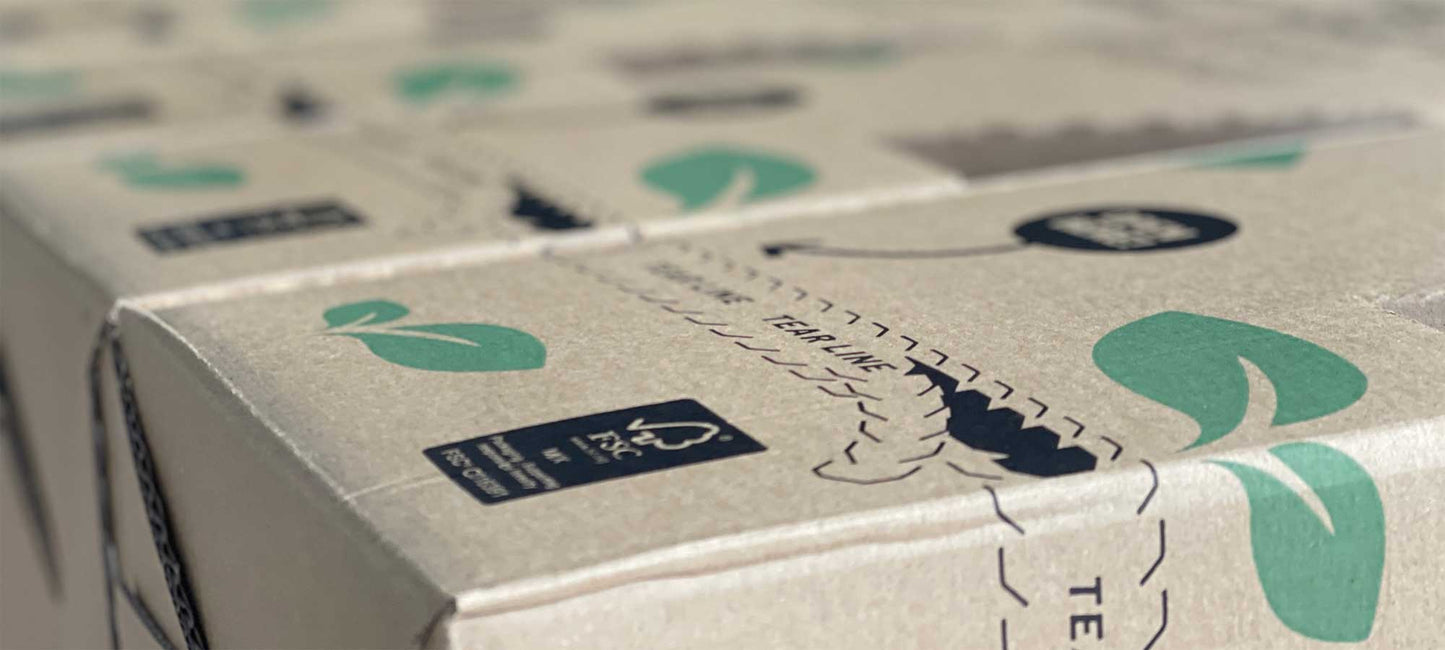
Hydrangea Tips

Hydrangeas are undoubtedly among the most beautiful plants, captivating attention with their exceptional flowers. Known for their stunning variety of colors and elegant appearance, hydrangeas have become favorite plants in gardens and balconies. In recent years, hybridization and plant improvement have created distinct varieties with larger and richer blooms, excellent disease resistance, and unique beauty!

Deciduous plant. As with all hydrangeas, the color of the foliage and the flowers depends on the variety, the season, and the plant’s location.

Most new varieties have a long flowering period, bloom on both old and new growth, and have greater resistance to diseases.
Plant Care Eclipse
![]()
Place
In shade or partial shade. It can tolerate a few hours of morning sun. Locations with intense afternoon summer sun should be avoided.
![]()
Watering
Frequent watering, daily during the hot months if the plant is in a pot. Reduced watering in winter, when the plant has shed its leaves.
![]()
Temperature
Hardy down to -25°C.

Pruning
'Eclipse' is a reblooming hydrangea, meaning it blooms on both old and new growth. For this reason, it requires little to no pruning. It is always pruned in early spring, when new growth begins. It should NEVER be pruned in autumn, as this causes the loss of the first, early bloom. So, this autumn, put your pruning shears aside! Throughout the summer and until mid-autumn, you can remove spent flowers simply by cutting just below the flower and above the first two alternate leaves.
![]()
Fertilizer
During the growing season, from early spring to late autumn, use a suitable fertilizer for hydrangeas. The first fertilization begins in early spring with the emergence of new growth. To promote new flowering, fertilization at the end of June to early July is also necessary.

Height – Growth Rate
A mature plant can reach a maximum height and spread of 1–1.5 meters.

Toxicity
The leaves and flowers of the hydrangea are toxic to pets if ingested.

Καταγωγή
USA

Substrate
It prefers clayey soil, rich in nutrients (or soil enhanced with fertilizer) and with good drainage. The soil type also affects the flower color of the Eclipse. In alkaline soils, the flowers take on a 'cranberry' color, while in acidic soils they have a more purple (amethyst) hue.
Hydrangea 'Eclipse'® 19cm Care & Tips









